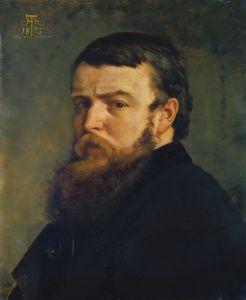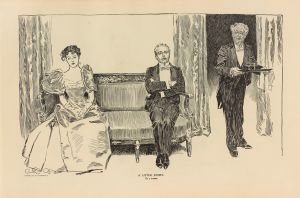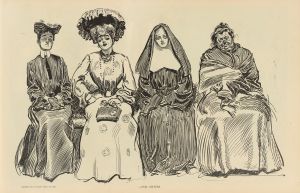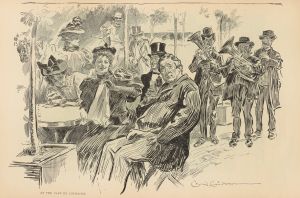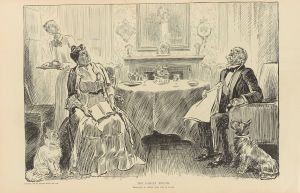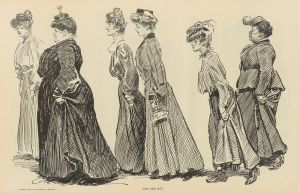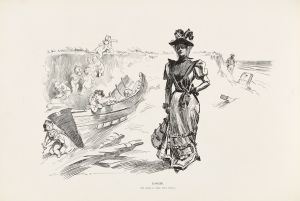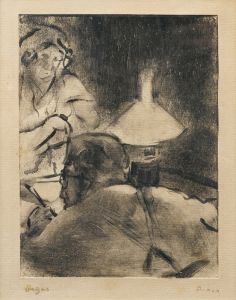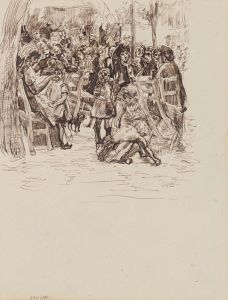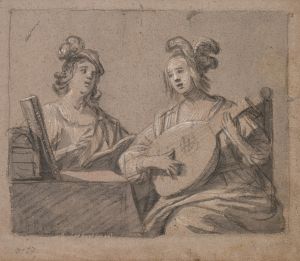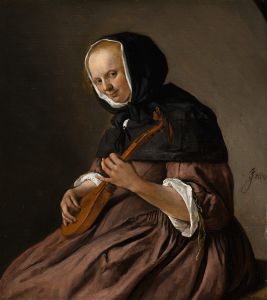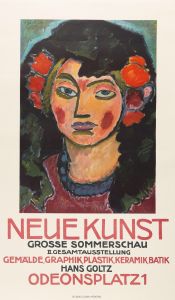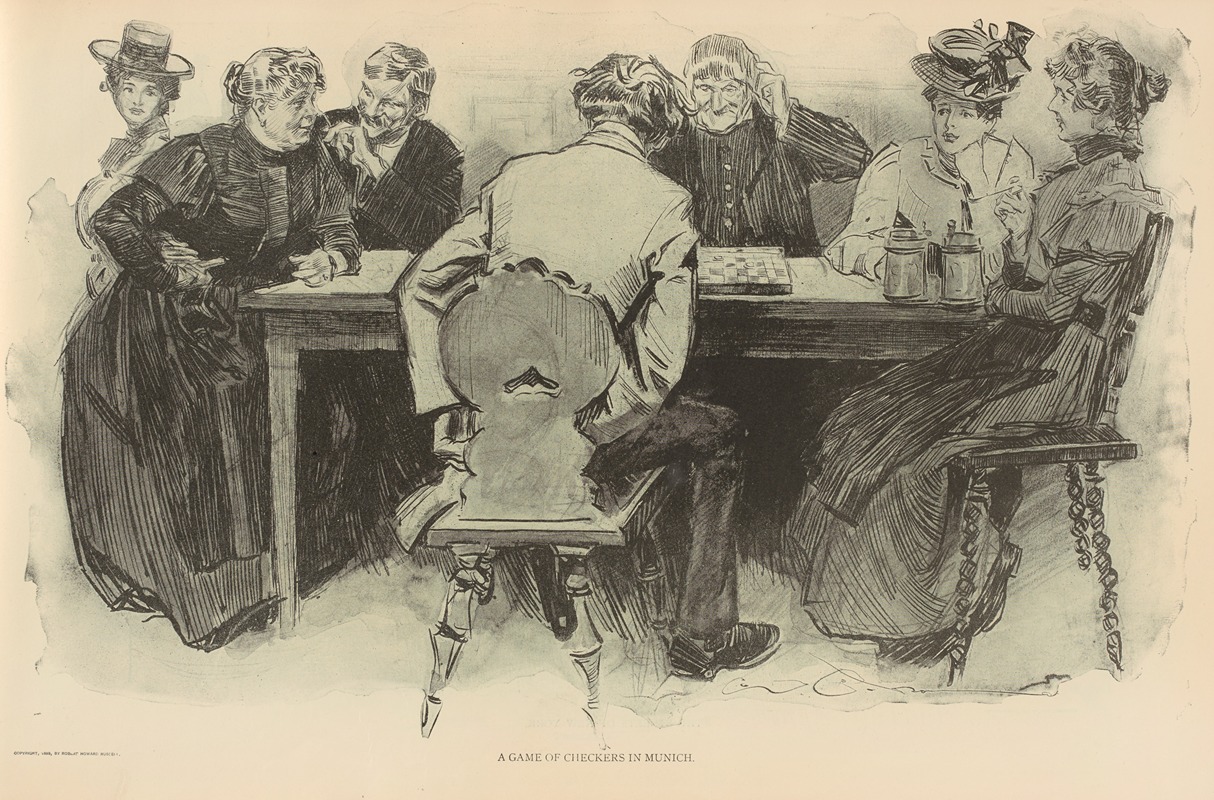
A game of checkers in Munich
A hand-painted replica of Charles Dana Gibson’s masterpiece A game of checkers in Munich, meticulously crafted by professional artists to capture the true essence of the original. Each piece is created with museum-quality canvas and rare mineral pigments, carefully painted by experienced artists with delicate brushstrokes and rich, layered colors to perfectly recreate the texture of the original artwork. Unlike machine-printed reproductions, this hand-painted version brings the painting to life, infused with the artist’s emotions and skill in every stroke. Whether for personal collection or home decoration, it instantly elevates the artistic atmosphere of any space.
Charles Dana Gibson was an influential American illustrator, best known for creating the iconic "Gibson Girl," a representation of the idealized American woman at the turn of the 20th century. His work was widely published in magazines such as Life, Scribner's, and Harper's, and he became one of the most celebrated illustrators of his time. Among his many works, "A Game of Checkers in Munich" is one of the lesser-known pieces, and unfortunately, there is limited information available about this specific illustration.
Gibson's illustrations often captured the social dynamics and cultural nuances of his era, characterized by a keen eye for detail and a subtle sense of humor. His work typically depicted scenes of everyday life, often with a focus on the interactions between men and women, and "A Game of Checkers in Munich" likely follows this thematic style. While specific details about this illustration are scarce, it can be inferred that it might portray a scene involving individuals engaged in a game of checkers, set against the backdrop of Munich, a city known for its rich cultural history and vibrant social life.
Munich, during the late 19th and early 20th centuries, was a hub of artistic and cultural activity. It was a city where artists, writers, and intellectuals gathered, contributing to a lively atmosphere that may have inspired Gibson. The setting of Munich in the illustration could suggest a cosmopolitan environment, reflecting the international influence and the exchange of ideas prevalent during that time.
Gibson's style is characterized by his use of pen and ink, with precise lines and detailed shading that bring his characters and scenes to life. His ability to convey emotion and narrative through expression and posture is evident in his work, and "A Game of Checkers in Munich" would likely showcase these artistic strengths. The illustration might capture a moment of leisure, strategy, or social interaction, themes commonly explored in Gibson's oeuvre.
While the specific context and details of "A Game of Checkers in Munich" remain elusive, it is important to recognize Gibson's broader impact on the world of illustration. His work not only entertained but also provided commentary on the social norms and expectations of his time. The "Gibson Girl," for instance, became a cultural icon, representing a new, more independent woman who was both fashionable and assertive.
In summary, while detailed information about "A Game of Checkers in Munich" is not readily available, understanding Charles Dana Gibson's artistic style and the cultural context of Munich during his era provides some insight into what this illustration might represent. Gibson's legacy as an illustrator continues to be celebrated, and his work remains a valuable part of American art history.






